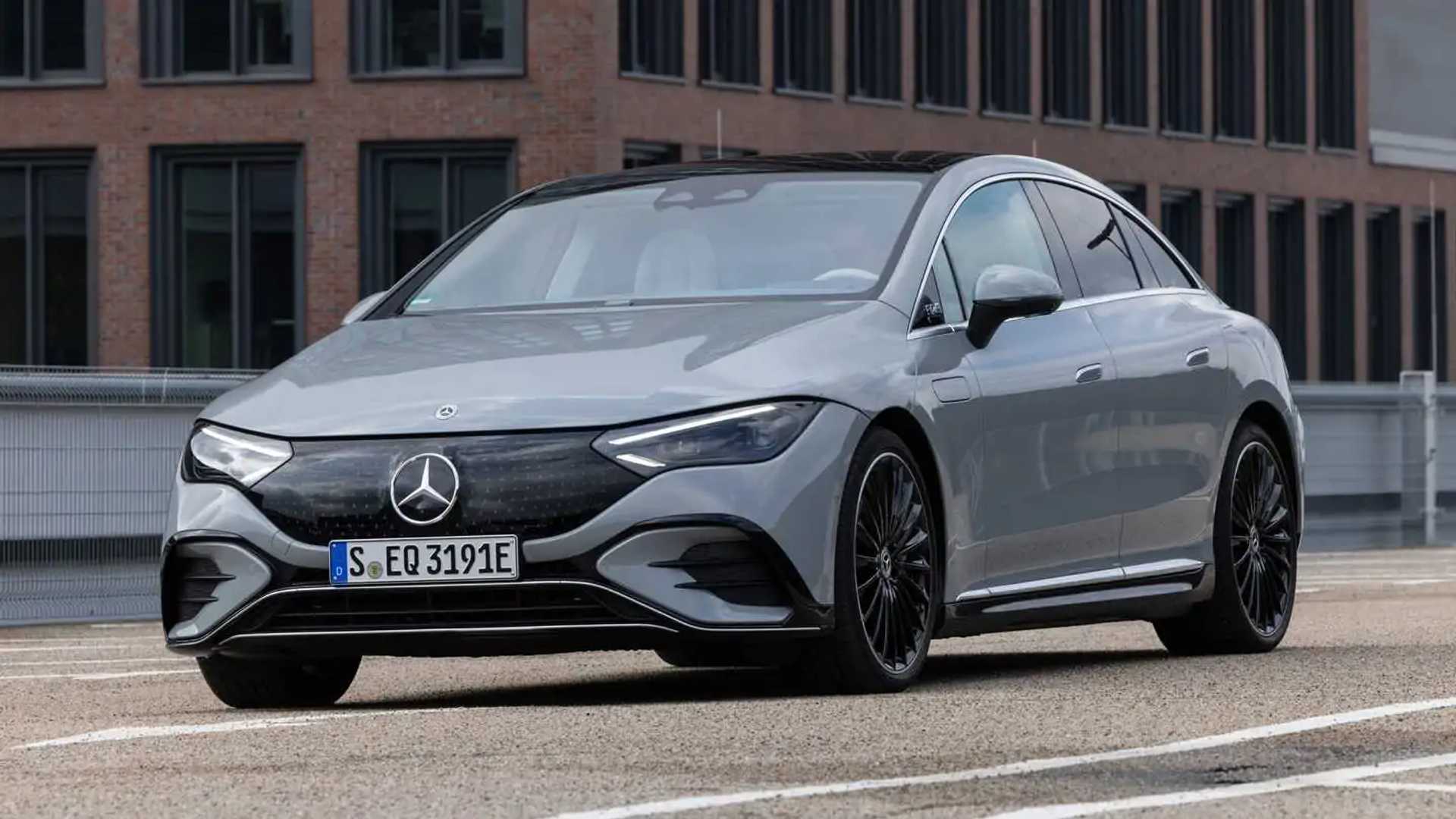Electric vehicles generally perform well in moose tests. Not only because of their low center of gravity but also because of the slew of driving aids they generally possess. Then again, that isn't always the case with our colleagues from km77.com, who routinely test vehicles to do the dreaded safety maneuver.
In the video, the subject of the moose test was the Mercedes EQE, which is the smaller electric sedan in the automaker's EQ range. It's like the smaller version of the EQS, so the testers were expecting a similar performance from the EQE in the moose test.
Gallery: 2023 Mercedes-Benz EQE First Drive







The Mercedes EQE performed well on the moose test, even better than the EQS. According to the tester, its ESC acted very discreetly and did not significantly reduce the forward speed of the car. The EV moved between the cones in an exemplary manner, very neutral, and with contained and accurate body movements. The car showed that it has a more immediate, sharper touch, making it easier to maneuver compared to the EQS.
The fastest speed that the EQE could muster to safely evade the cones was 45.9 miles per hour (74 kilometers per hour). The EQS needed to slow down a bit for a clean maneuver, tallying a speed of 44.7 mph (72 km/h). Of note, the benchmark of the test is 47.8 mph (77 km/h). The EQE was just a tad short of reaching the said magic number.
As mentioned, electric vehicles mostly fare well in moose tests. Even plugin hybrids record exemplary results when doing the evasive safety maneuver. Both the Kia EV6 and Hyundai Ioniq 5 completed the same course with flying colors, while others like the BMW i4 and Ford Mustang Mach-E came up short of successfully hitting the benchmark speed.
At the start of the video above, the Mercedes EQE also performed well in the slalom test, with relatively agile support changes, small body roll, and well-calibrated electronic aids that did not intervene abruptly.







